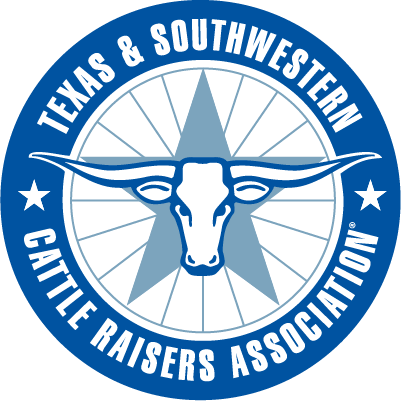While the traditional burning season for the Southern Great Plains goes from December to April, more and more land managers are conducting prescribed burns during the growing season in order to achieve their pasture management and forage goals. Regardless of the burn season, a major goal of prescribed burning is to control brush, improve wildlife habitat and improve forage quality for livestock. A crucial factor for the success of growing-season burns is the stocking rate of livestock grazing the land, because of its effect on the fine fuel available. Proper livestock stocking rate is the most important management decision a manager can make. It impacts not only livestock production, operation economics and wildlife habitat, but also a land manager’s ability to use the important ecological process of prescribed burning. –Noble Research Institute Read more…
Recent Posts
TSCRA expands internship program, opens applications for 2026 opportunities
FORT WORTH, Texas (November 5, 2025) — Texas & Southwestern Cattle Raisers Association (TSCRA), …
Continue Reading about TSCRA expands internship program, opens applications for 2026 opportunities
Crime watch: Brangus cow missing in Comanche County
Texas & Southwestern Cattle Raisers Association Special Ranger Zach Havens, District 9 in …
Continue Reading about Crime watch: Brangus cow missing in Comanche County
Crime watch: Black Angus cow missing in DeWitt and Lavaca counties
Texas & Southwestern Cattle Raisers Association Special Ranger Robert Fields, District 25 in …
Continue Reading about Crime watch: Black Angus cow missing in DeWitt and Lavaca counties
